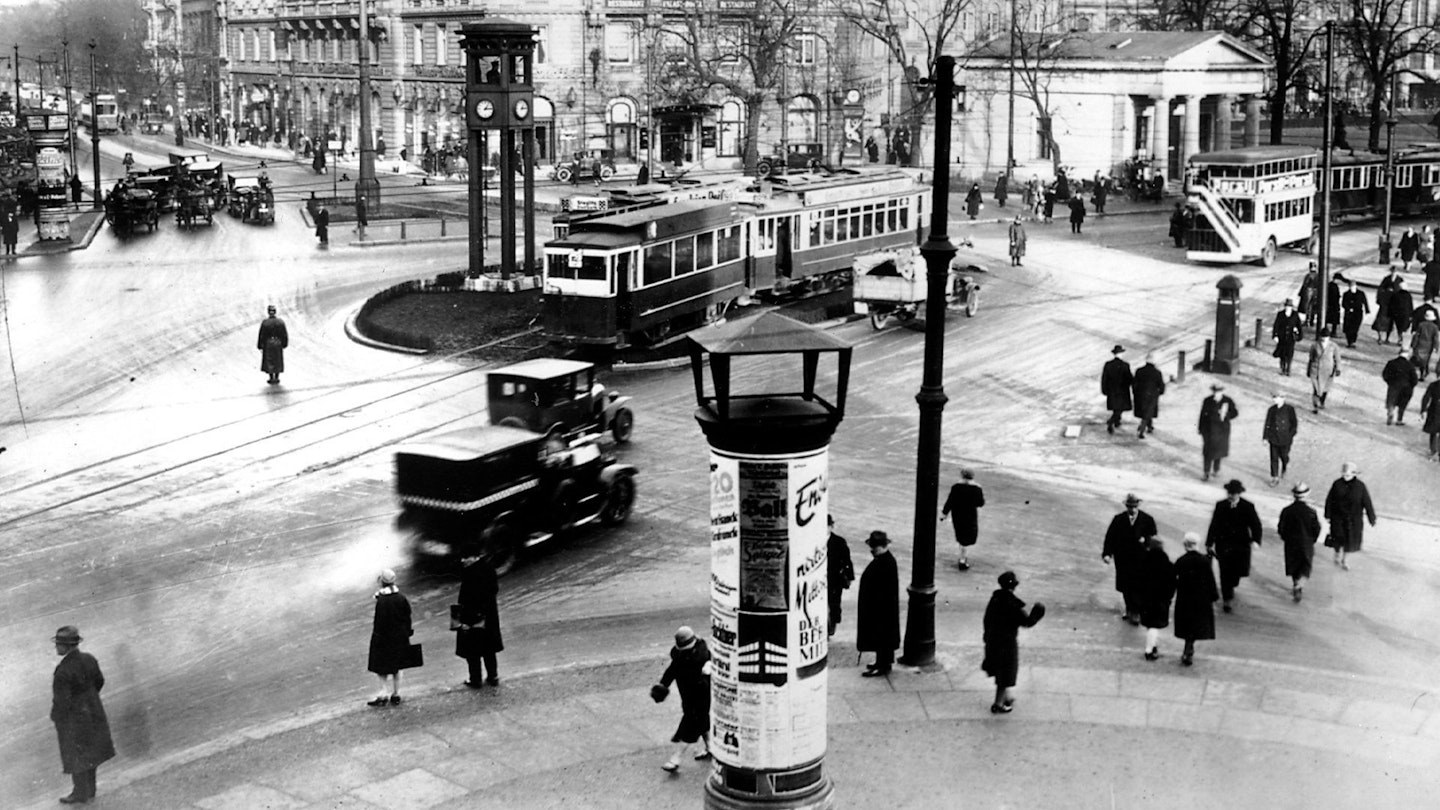Although he acknowledged its technical virtuosity, John Grierson (who is widely credited as `the father of the documentary') criticised Walter Ruttmann's landmark film for its formalism and beauty. Like many a pioneer, Grierson believed that an actuality had to have a socio-political purpose and he felt that this was blunted by Ruttmann's emphasis on the activities of Berlin's citizens rather than their attitudes.
However, Grierson seems to have misunderstood the underlying message of this hugely influential avant-garde impression of everyday Berlin, as Ruttmann always protested that he was less intent on highlighting the differences between the classes at work, rest and play than in extolling what united them and how the city's prosperity was dependent upon this continued collaboration.
Yet this turned out to be a dismayingly optimistic prospectus, as the vitality of the Weimar era was soon dissipated and Berlin proved not to be an amorphous metropolis but a city riven by countless prejudices.
Yet, Ruttmann always prioritised the film's aesthetics and vouched that it was more about the kinetic interplay of surfaces, shapes and rhythms than politics. This symphony was a celebration of modernity and mechanisation and Ruttmann was keener to showcase the city in its diverse entirety than its individual citizens (whom he called his `living material'). Therefore, animate and inanimate objects alike were abstracted to form images whose content and context were less important than their ornamental and metric potential.
However, critics like Siegfried Kracauer accused Ruttmann of dehumanising those captured by his camera and censured his juxtaposition of shots of people eating with those of ravenous lions and those in phoneboxes with chattering monkeys. These might once have been laughed off as clumsily comic attempts at associational montage, but, as Ruttmann went on to become a prominent Nazi propagandist, their significance takes on a chilling new meaning.
